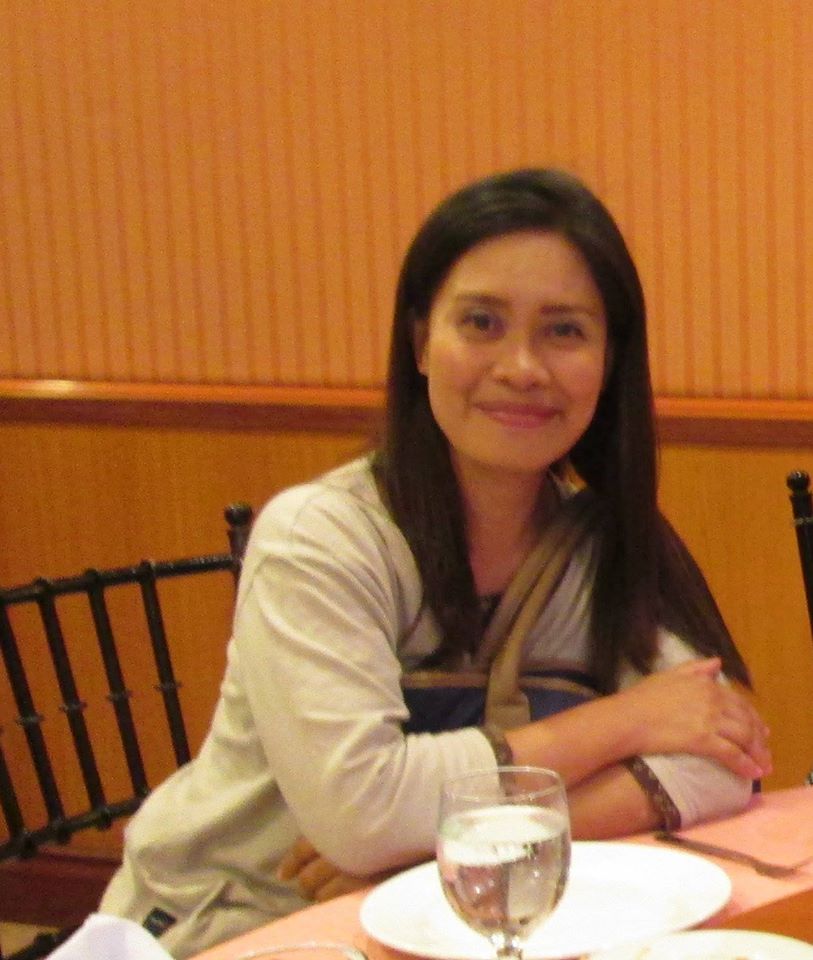Western Subanon
Western Subanon [suc], is an indigenous language spoken by approximately 300,000 people inhabiting the small villages of Malayal, Lintangan, Lanote and Limpapa, in Sibuco district; and in parts of the municipalities of Siocon, Baliguian, Dicolom, Labason, Surabay and Ipil areas on the Zamboanga Peninsula, Mindanao, the Philippines. Some dialectal differences can be detected in the speech of those from the different Subanon speaking areas.
As a Philippine language belonging to the Malayo-Polynesian branch of the Austronesian languages (Lewis et al 2015, Blust 1991, 2005), Western Subanon is one of the eight members of the Subanen languages (Lobel 2013), a subgroup of the Greater Central Philippines (Blust 1991, 2005). The eight members of the Subanen languages are: Western Kolibugan, Tawlet-Kolibugan, Salug-Godod, Southern Subanen, Central Subanen, Northern Subanen and Eastern Subanen and Western Subanon (Lobel 2013).
The Subanon people call themselves as Subanon, and the language Sinubanon. The word Subanon actually has no meaning in the language; it is an exonym, a descriptive name given by other tribal groups in Mindanao. It may have derived from Suba’anun ‘people of upriver’, a name given by the earlier speakers of Visayan and other language groups. This may be due to the characteristic of the early Subanon people who lived up the river systems and in the forests. They tended to stay inland since coastlands were often vulnerable to marauders and easy subjugation by the dominant ethnic groups on the island of Mindanao. The people are sometimes referred to by the Spanish influenced term Subano, which is considered pejorative.
The Subanon people were traditionally hunters and swidden farmers, roaming the forests and planting primarily rice, vegetables and root crops including taro, cassava and camote (Hall 1987). But later they began to settle down in particularly fertile areas, changing their agricultural practices by ‘planting’ crops like coconuts, bananas, and coffee. They also learned how to raise animals such pigs and chickens, which they traditionally hunted in the forest. Since the Subanon inhabit the Western coast of the Zamboanga Peninsula, fishing has also now become a means of living for them.
As a tribe, the Subanons are creative. They have their own traditional dances, indigenous songs, arts and crafts and festivals. They are also known for their major festival called Boklug, which traditionally is held every seven years and is attended by the boliananan ‘shamans’, kobogololan ‘the tribal officials’ and the Subanons themselves, young and old, the traditional and the more modern.
The Subanons are peace loving, a very welcoming and industrious people. A common greeting in Subanon includes, Ain ka posungu‘? meaning, ‘Where are you going?’ and, Kinuman ka nota’? meaning, ‘Have you eaten yet?’ So, do not be surprised when Subanons ask you these questions. It is their way of getting to know you.
(Thanks to Sharon Estioca and Ryan Shelby for the cultural information above)

Read about the phonology of Subanon here:
Subanon Phonology, Bryn Hauk
And the morphology here:
Subanon Morphology, Russell Barlow
